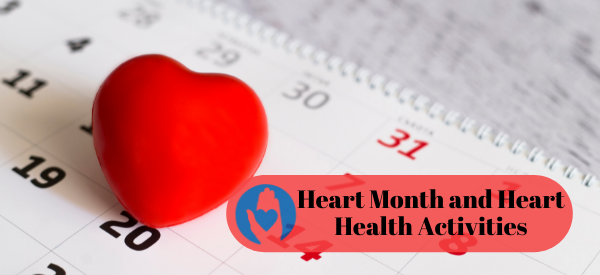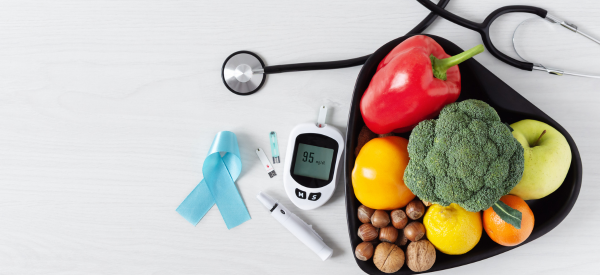Each February, American Heart Month raises awareness about heart disease and encourages people to adopt heart-healthy habits. Heart disease remains the leading cause of death in the U.S., accounting for one in four deaths. However, with preventive measures, it is largely avoidable. Start the new year by prioritizing your heart health and supporting those affected by heart disease.
Understanding Heart Disease and Its Risks
Heart disease affects individuals of all ages, genders, and ethnicities. Key risk factors include:
- High cholesterol
- High blood pressure
- Smoking
- Diabetes
- Excessive alcohol consumption
- Poor diet and lack of exercise
By making small, sustainable lifestyle changes, you can significantly reduce your risk and improve overall well-being.
Heart-Healthy Habits to Adopt
1. Get Regular Check-Ups
Start the year right with a visit to your doctor. Screenings for cholesterol, blood pressure, and diabetes are critical in identifying early signs of heart disease. Regular health assessments help detect issues before they become serious, empowering you to take action.
2. Stay Active
Physical activity is one of the most effective ways to maintain heart health. The Physical Activity Guidelines for Americans recommend at least 150 minutes of moderate-intensity exercise per week, such as brisk walking, swimming, or cycling. Resistance training, such as weightlifting or bodyweight exercises, also plays a crucial role in lowering bad cholesterol (LDL) and increasing good cholesterol (HDL).
3. Adopt a Heart-Healthy Diet
Nutrition is key in maintaining cardiovascular health. Follow these simple dietary changes:
- Reduce sodium and saturated fats
- Eat foods rich in potassium, fiber, and protein
- Swap processed snacks for fresh fruits and vegetables
- Replace sugary drinks with water or herbal teas
4. Prioritize Quality Sleep
Lack of sleep can lead to high blood pressure and an increased risk of heart disease. Aim for 7-9 hours of quality sleep per night to support overall cardiovascular function.
5. Manage Stress and Avoid Unhealthy Habits
Chronic stress and habits like smoking or excessive alcohol consumption can negatively impact heart health. Practice stress-reducing activities such as meditation, yoga, or deep breathing exercises. If needed, seek support to quit smoking or reduce alcohol intake.
The Focus on Hypertension
Hypertension (high blood pressure) is a major risk factor for heart disease and stroke. Nearly half of U.S. adults have hypertension, often without noticeable symptoms. Keeping blood pressure in check is essential for preventing complications such as heart failure, kidney disease, and cognitive decline. Simple lifestyle changes can make a big impact:
- Maintain a healthy weight
- Engage in regular physical activity
- Follow a low-sodium, high-potassium diet
- Monitor blood pressure regularly
- Consult a healthcare provider about medication if necessary
Spread Awareness and Take Action
American Heart Month is an opportunity to educate yourself and others on heart health. Wear red to show your support and encourage family and friends to adopt healthier habits. Small changes lead to significant benefits, and raising awareness can help save lives.
Get Support with Freedom Home Care
At Freedom Home Care, we are dedicated to providing resources and assistance for individuals managing heart disease. From personal care services to post-hospital recovery support, our caregivers are here to help. Contact us to learn more about how we can assist you or a loved one in maintaining a heart-healthy lifestyle.




